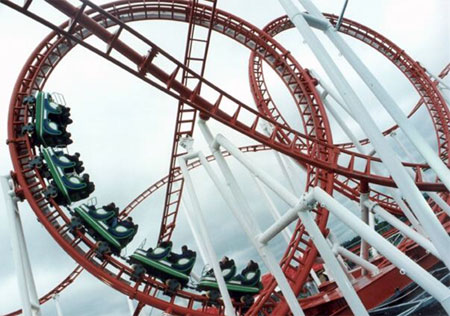Civil engineers make use of numerical simulations of fire and smoke propagation in the early stages of building design to assess a building’s structural behavior, the fire resistance of evacuation routes and the speed and extent of the spread of a fire and smoke, among other things.
This article explains how the simulation of a severe fire in a warehouse that had caused substantial damage was undertaken. It explores the use of the fire dynamics simulator (FDS) code, developed by the US National Institute of Standards and Technology (NIST), with a two-step approach to the analysis of the cause and spread of the fire that reduces the requirement for computational resources and the time required to execute the simulation.
Read the articlesoftware
Straus7's fully-integrated visual environment - combined with a suite of powerful solvers - gives you unparalleled functionality in a single application. Construct models, run analyses and investigate results simultaneously using a seamless interface.
straus7

CASE STUDY
Engineers will normally need to evaluate a number of different designs, only one of which will result in the final construction configuration. This is why numerical simulation plays an indispensible role in roller coaster design.
ansys civil-engineering construction